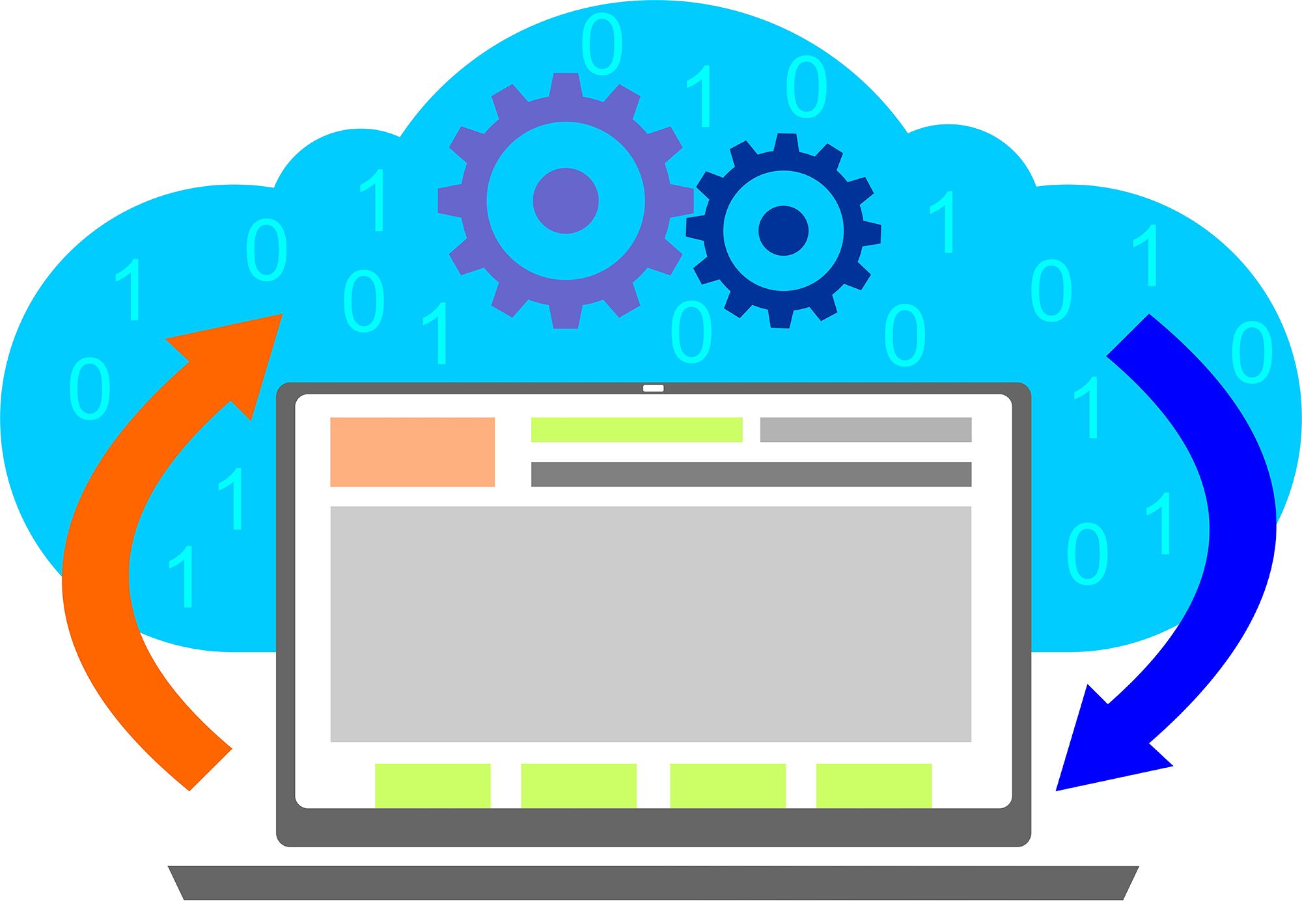Blog: Six Ways Integration Can Improve Your Cloud Service

The success of a software-as-a-service (SaaS) product depends on a number of different factors, including time to market, functionality and ease of use, and customer service. One of the most important things in enabling those successes, however, concerns integration and whether the SaaS tool can connect customer and partner systems and integrate the data that’s powering the solution behind the scenes.
There are many backend data management challenges that a SaaS enterprise must face when it comes to delivering its cloud services. Limitations integrating legacy systems and custom scripting hinder SaaS companies’ ability to deliver expanded value and full solution potential for their customers. Such integrations can prove to be very expensive, as many cloud-service companies attempt to custom-build and manage them themselves, which in turn leads to costly and time-consuming headaches as the company grows.
SaaS vendors without capable partner onboarding face tight integration timelines and customer SLAs from clients eager to deploy these solutions to gain more revenue and better productivity. Additionally, keeping data security remains a notable concern for companies using SaaS solutions, and there remain questions about just how secure your data in the cloud really is.
Integrating those business-critical processes into the cloud are increasingly complex without the right platform. When the processes are not synced properly, they can lead to data errors, transfer failures, and unreliable information flowing through an enterprise.
SaaS businesses can mitigate many of these challenges, however, when they use a single and centralized integration platform to connect its ecosystem and manage the solution’s underlying data flows. Here are the six ways integration can improve your cloud service:
- Expansive Connectivity for Cloud and On-Premise Systems
An expansive integration platform provides all the connectors and protocols that your customers and backend systems require to successfully integrate any new trading partner and application within an enterprise’s environment.
- Self-Service Capabilities for End Users
Self-service tools and real-time visibility provide unrivaled simplicity and intelligence in ecosystem-driven integration scenarios. By spanning all modern integration use cases, an advanced integration platform centralizes the governance of partner, supplier, and customer interactions for frictionless business process orchestration.
- Single, Scalable Platform for Every Data Interaction
The flexibility gained from a single integration platform enables enterprises to better handle digital transformation initiatives while introducing new technologies to make it easier to connect and securely exchange information with any new ecosystem partner.
- Database Independence for Advanced Scalability
A centralized platform is DevOps-enabled, which allows quick spin-up, spin-down, flexible licensing, database independence, and full support for immutable infrastructure patterns common in SaaS environments.
- REST API Support for Flexible Interfacing
Data integration solutions must support REST API connectivity, which supports modern data movement requirements and the “headless” strategy for data transformation.
- Enhanced Data Visibility Across the Entire Ecosystem
As a business, visibility into your data is not only required in many cases, it’s also extremely empowering. Knowing the state of your revenue-generating processes can be the difference between success and failure in a highly competitive business environment.
A modern integration solution should free up your architects and development, DevOps, and support teams so they can concentrate on building a high-value SaaS solution without having to worry about the data services infrastructure. Your business can have confidence that its integration solution will scale to support growing customer needs, fit seamlessly into the SaaS environment, and provide all the external and internal integration and connectivity you demand.
SaaS and cloud services organizations will always have to accommodate their customers’ integration requirements for them to continuously adopt these SaaS solutions, and leading technology like Cleo Integration Cloud can help these companies say yes to new business without worrying whether their data services platforms can handle their customer and partner data needs.

About Cleo

Watch a Demo

Comprehensive Guide to Gaining B2B Control

Duraflame Case Study
